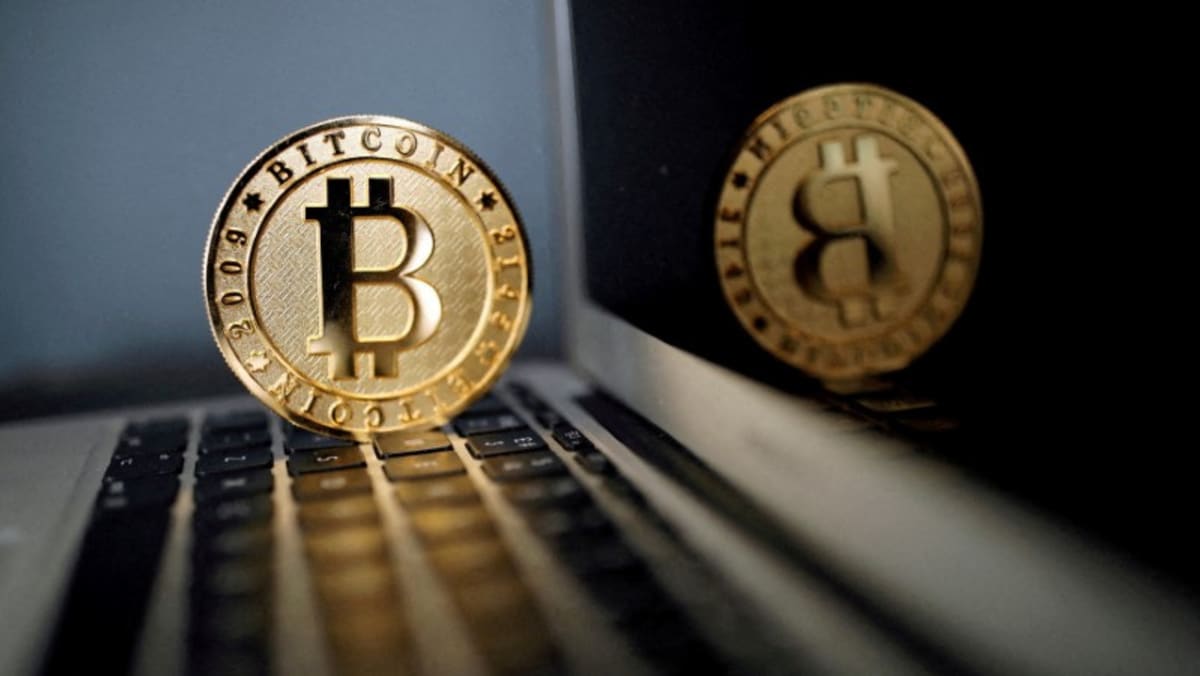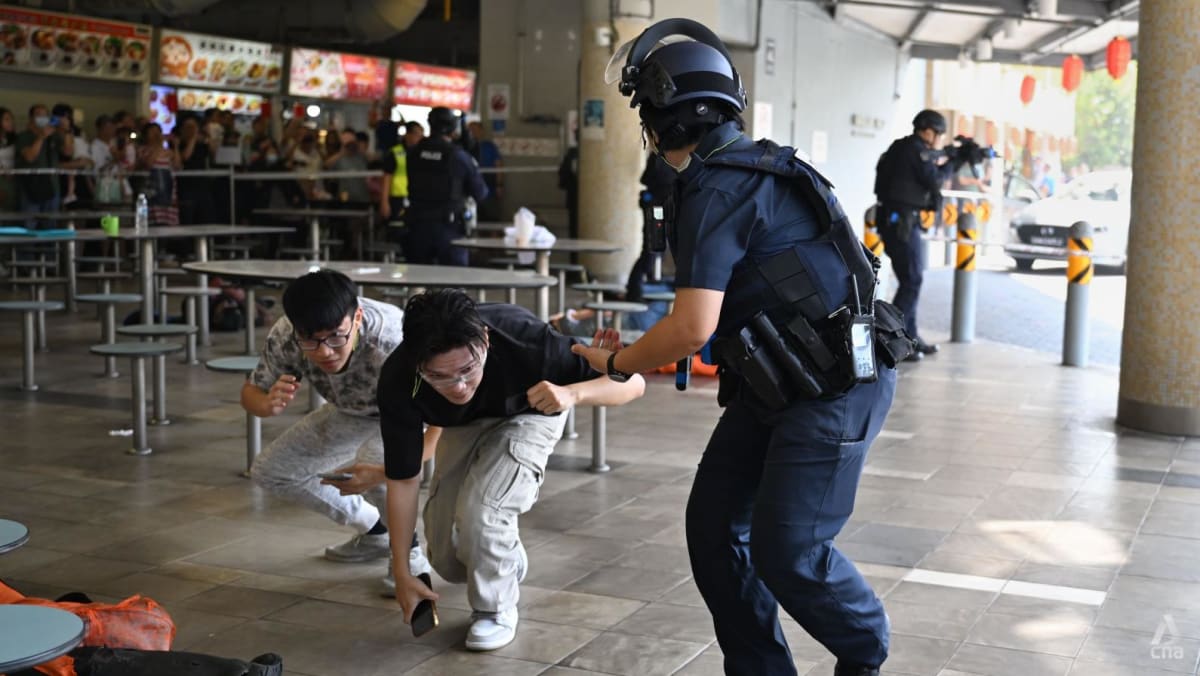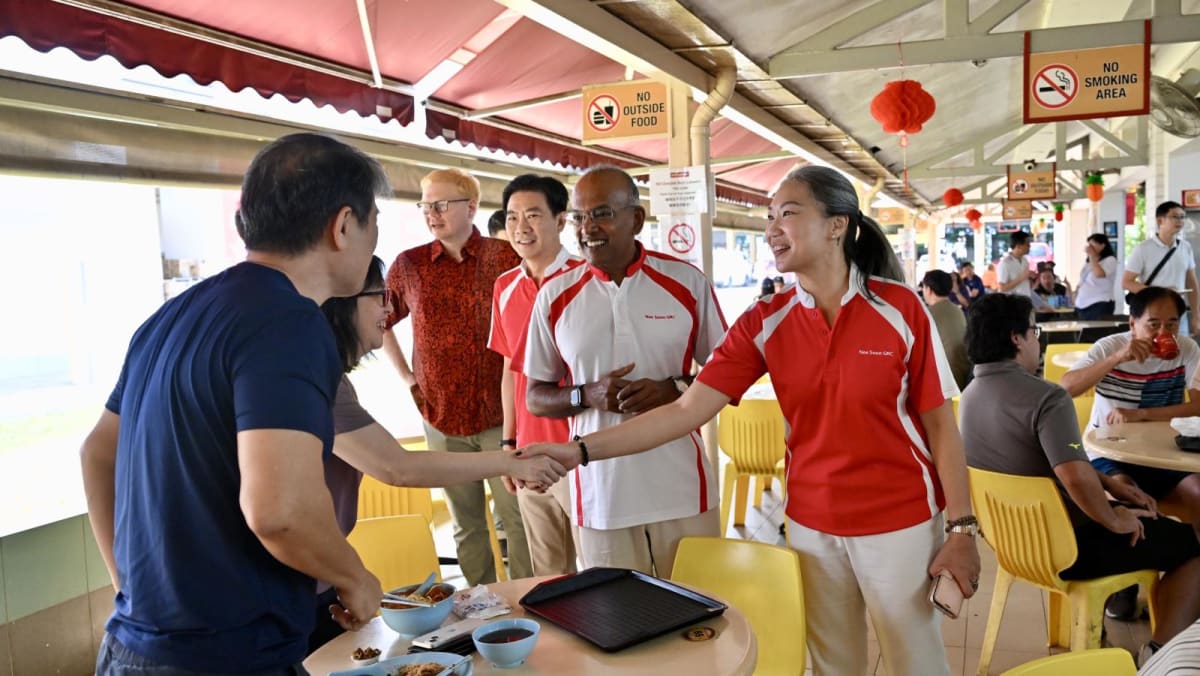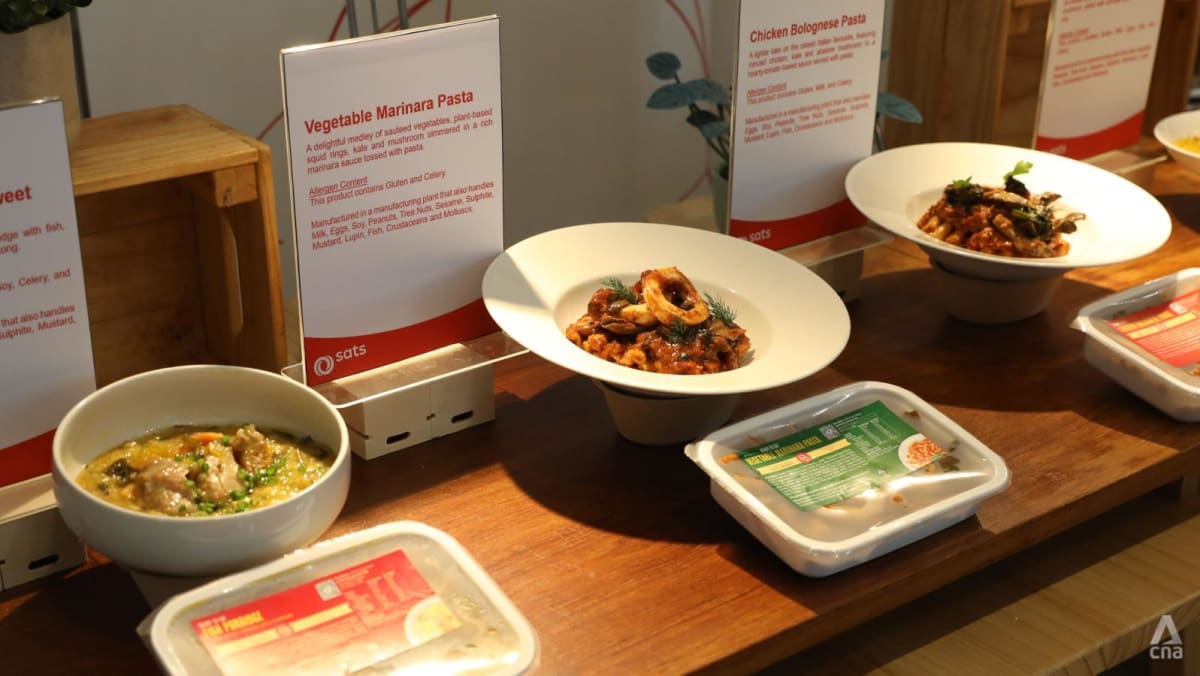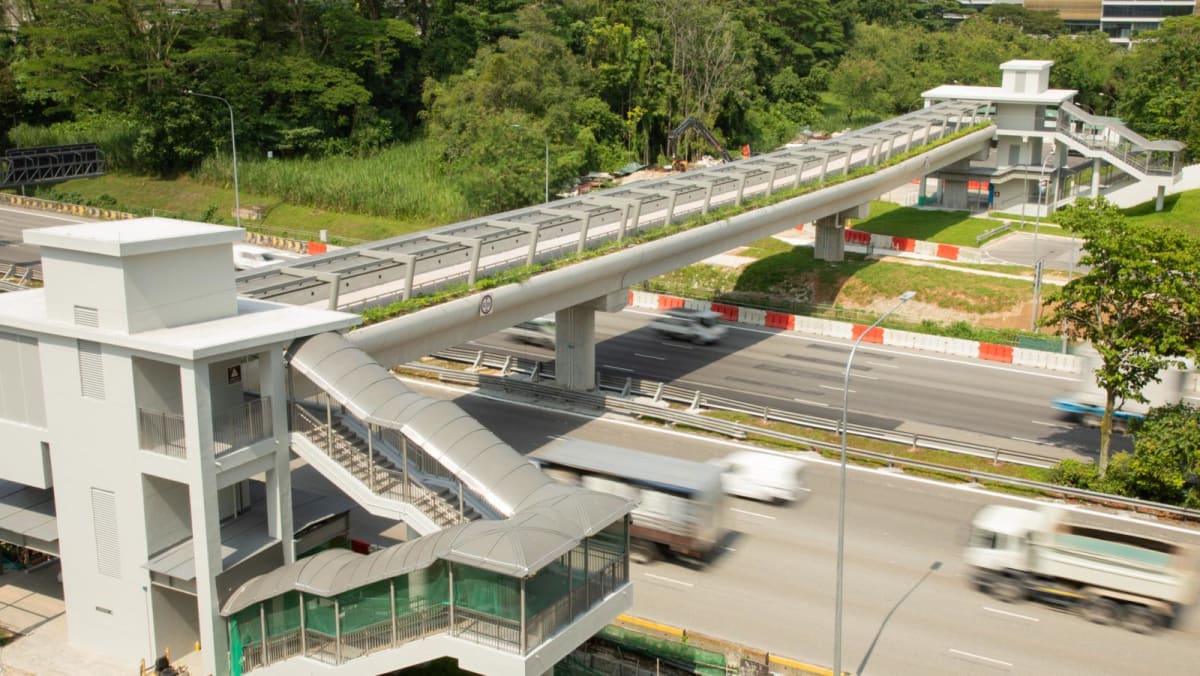Analysts also noted that the role of China-based companies within the value chains of many of the world’s largest companies cannot be underestimated.
Ms Tam Nguyen, the chief executive officer (CEO) of GOL Solutions, observed that some of her clients, in an effort to avoid US tariffs on China during Mr Trump’s first term, adopted a strategy known as ‘China Plus One (+1)’, diversifying their supply chains to other Asian nations.
Her firm, a Singapore-based supply chains solutions provider, supports e-commerce businesses, manufacturers, and logistics companies in complying with trade regulations and maintaining uninterrupted supply chains.
However, countries in Southeast Asia face “significant hurdles” in offering themselves as alternatives to China, as most of the region lacks well-established supply chain networks, from sourcing raw materials to production and final assembly, she said.
“Achieving complete independence from China is not feasible. The ‘China +1’ strategy, therefore, focuses on establishing alternative assembly plants outside China while continuing to rely on China for raw materials,” said Ms Nguyen.
While companies may rethink their reliance on China-based suppliers, a whole-scale restructuring of a supply chain, if chosen as a strategy, would take many years, added Mr Proudley from Dow Jones.
He noted that businesses are closely monitoring both Chinese and US policies, though some may feel increasing pressure to choose between expanding in the US and China.
“In both markets the regulatory framework is in a state of flux and keeping up with changes is challenging. Being able to do business compliantly across the globe is getting harder and requires careful navigation of complex requirements,” Mr Proudley said.
TROUBLE FOR S’PORE BUT OPPORTUNITIES TOO
Although trade policy often focuses on high-level concerns between nations, its implications deeply affect the everyday consumer.
As uncertainty about trade policies such as US tariffs grows, global trade and growth may slow. This will have ripple effects on small and trade-dependent countries like Singapore, which will suffer from weaker global demand.
“In any trade war, economic efficiency suffers and economic growth suffers, because you’re not operating at your optimal level and are upsetting the principle of comparative advantage,” said Prof Loh.
He said that US tariffs on Chinese goods may increase costs for US’ own industries that are reliant on Chinese imports, making their production more expensive.
A decline in US industries could thus limit their business expansion and cause such firms to be less able to import from and invest in Singapore.
While there may be a “displacement effect” where other Asian nations stand to gain from China’s losses, Prof Loh said Singapore is likely to be worse off in a trade war, due to reduced US investment activity and impact on economic growth.
“If investments decline, job opportunities will decline. We are importing a lot of consumer goods and industrial goods from the US, and costs will increase and our businesses will suffer as their profits will be lower,” said Prof Loh.
These effects, however, will not come as a complete shock, as many of the current measures – including the restoration of a 25 per cent tariff on steel and aluminum imports – are familiar elements from Mr Trump’s first presidency.
“The spots on the leopard skin are the same. If you look at trade war one, you can learn a lot about what will happen in trade war two,” said Prof Loh.
But technology may play a greater role and face greater scrutiny this time round.
Southeast Asia Lead Analyst at Control Risks Harrison Cheng pointed to recent claims that DeepSeek might have sourced advanced Nvidia chips through intermediaries in Singapore.
“(This) will only deepen US concerns about Singapore’s capabilities to crack down on companies trying to circumvent US export controls targeting Chinese technology,” said Mr Cheng.
Though the Singapore government has said that it expects US companies like Nvidia to comply with domestic legislation, it remains to be seen if these developments will lead to strict licensing requirements on the import of advanced AI chips, he added.
Despite predictions that Singapore could face slower growth and weaker business sentiment in the face of new US tariffs, some other businesses are looking out for potential opportunities on the horizon.
With greater restrictions on Chinese products and brands, Ms Nguyen from GOL Solutions said Singaporean products could see greater demand in US markets.
She has recently seen a surge in Singaporean businesses looking to be licensed with the United States Food and Administration that regulates foods, cosmetics, medical devices and drugs for the US market.
While Mr Melvin Tan, CEO of engineering solutions firm Cyclect, has concerns about shrinking US economic output, he also sees potential areas for growth.
For example, global companies might relocate their operations to open economies like Singapore, allowing Mr Tan’s company to help these firms establish and grow their operations.
This has also been facilitated by efforts to step up regional collaboration such as the Johor-Singapore Special Economic Zone (SEZ), Mr Tan added, helping his firm maintain cost-effectiveness through local sourcing networks.
The agreement on the SEZ, inked in January, stated that the deal will promote and facilitate investments across 11 sectors including manufacturing, logistics, food security and energy.
“While global trade tensions create market uncertainties, our position gives us unique advantages – companies are increasingly seeking stable regional partners who understand both local and international compliance requirements,” Mr Tan noted.
